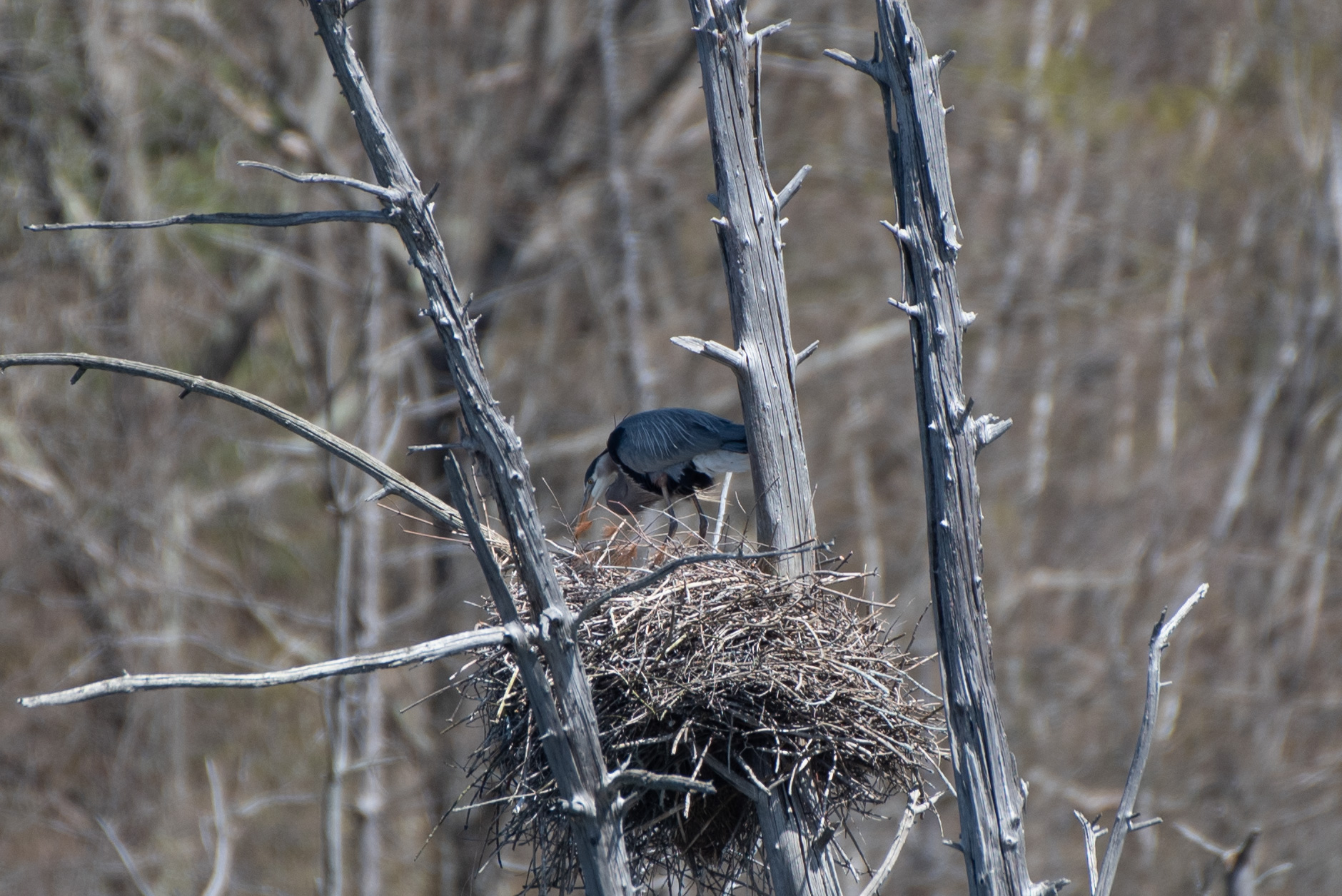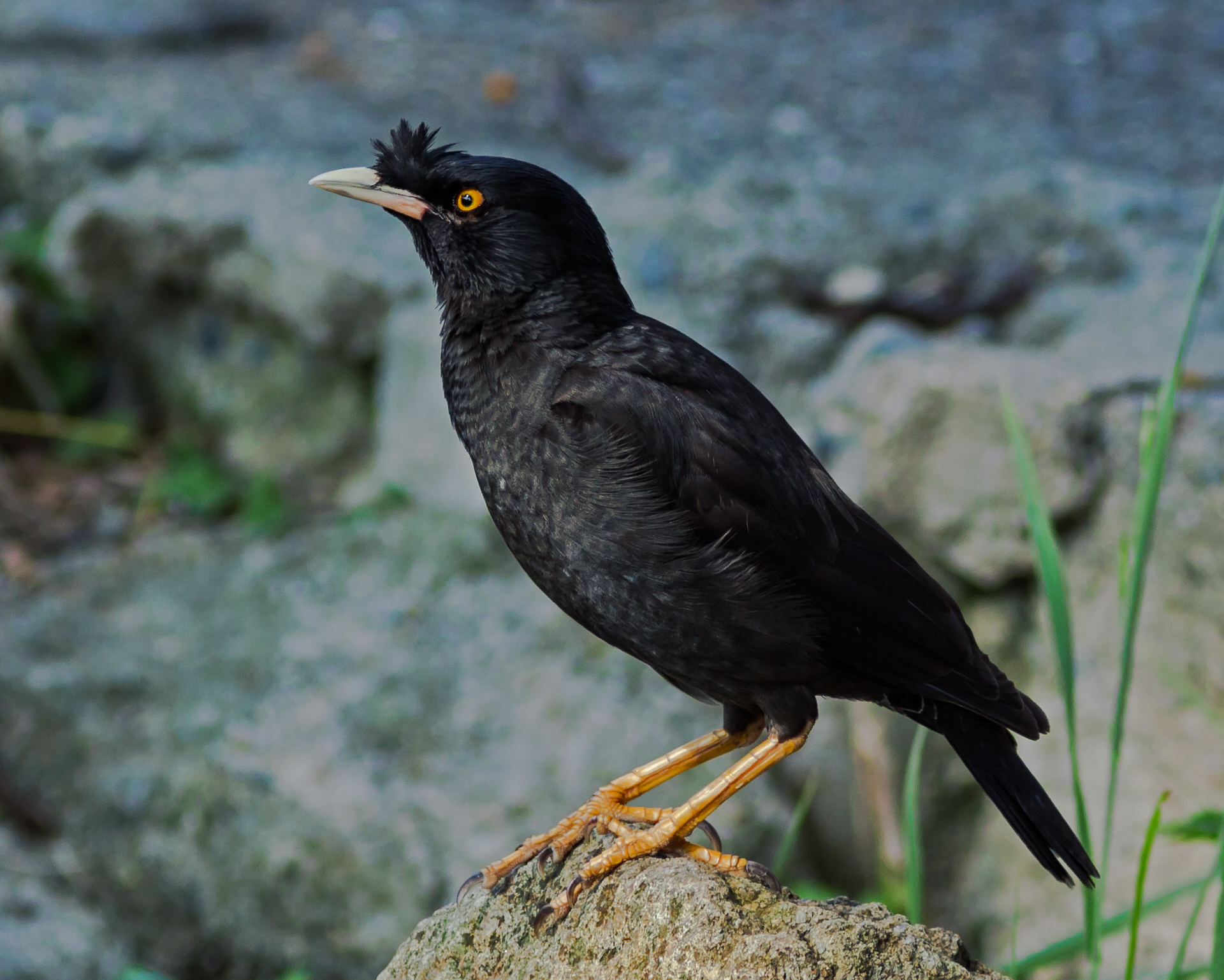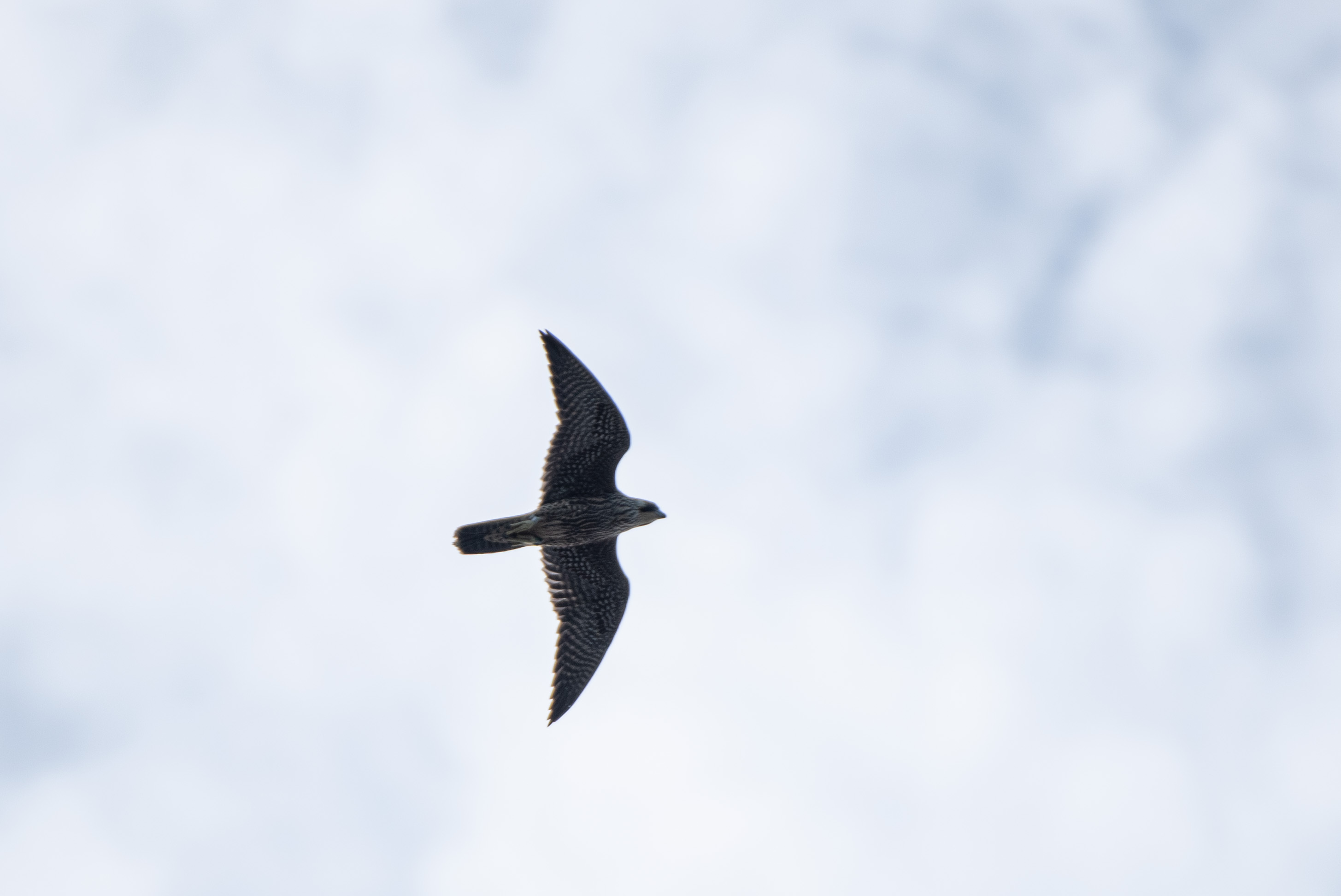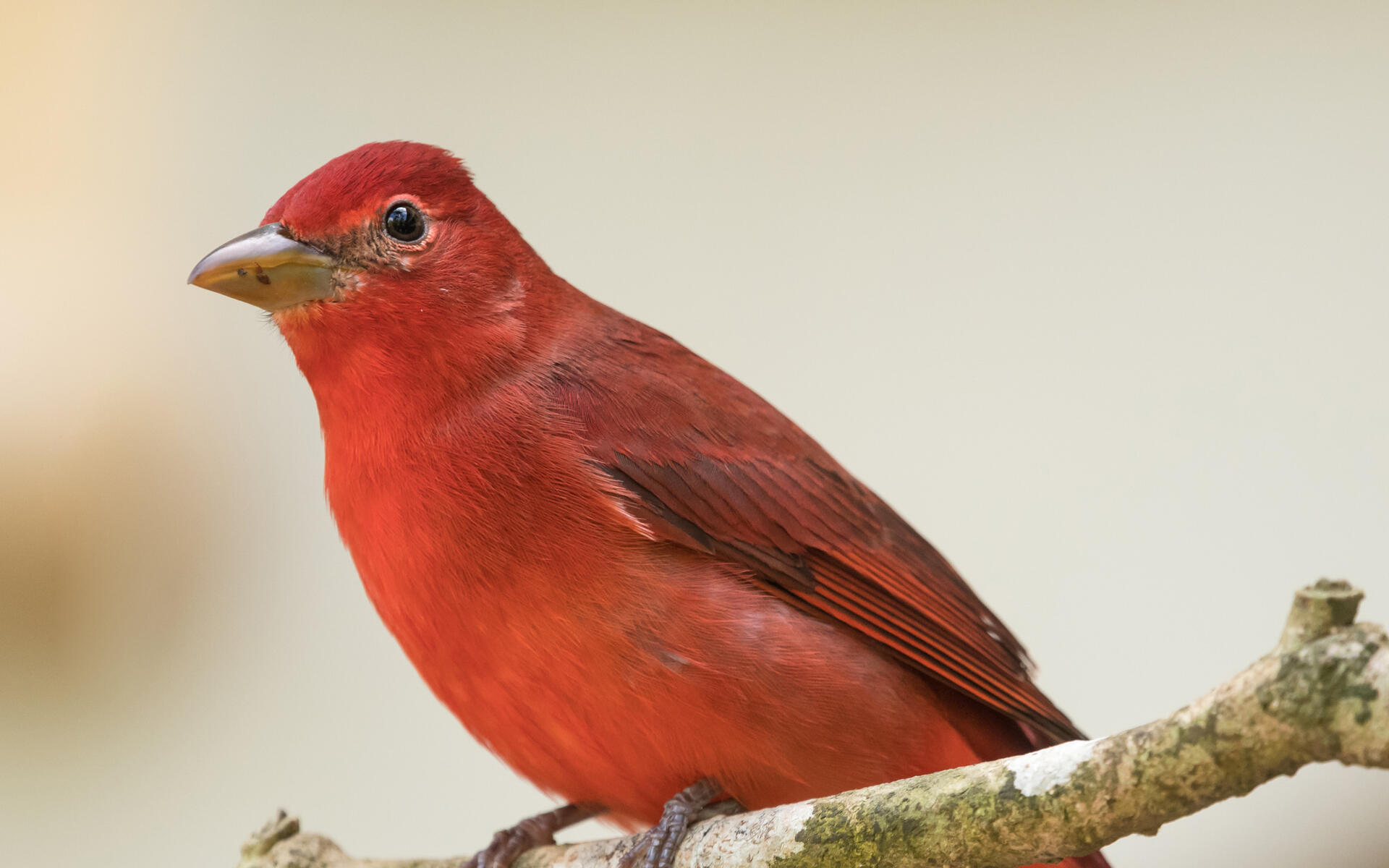Introduction

Birds are captivating creatures that grace our skies with beauty and unique behaviors. However, like any living beings, they are vulnerable to injuries. From broken wings and legs to head trauma and wounds, common bird injuries can greatly affect their ability to fly, move, and eat. Providing the right care and nutrition is crucial for their recovery and overall well-being.
Overview of Common Bird Injuries
-.jpg)
Birds can suffer from various injuries that hinder their normal functions. Broken wings and legs are prevalent, making flight and movement difficult. Head trauma can cause disorientation and impaired motor skills. Cuts and wounds require proper nutrition to support the immune system and encourage healing.
Importance of Finding the Right Food for Injured Birds

Finding the right food for injured birds is vital for their recovery and rehabilitation. Nutritious food offers several essential benefits:
Promotes Healing
Proper nutrition with proteins, vitamins, and minerals aids in repairing damaged tissues and regaining strength, accelerating the healing process.
Supports the Immune System
A well-functioning immune system is crucial for injured birds to fight off infections. The right food strengthens their immune response, ensuring a better defense against potential pathogens.
Maintains Energy Levels
Injured birds often expend more energy during the healing process, leading to weakness and fatigue. Providing a diet that meets their energy requirements helps maintain vitality and prevent further decline.
Promotes Overall Well-being

Proper nutrition enhances the physical condition, supports mental and emotional health, and improves the chances of a successful recovery, allowing injured birds to thrive and regain their freedom.
In conclusion, understanding common bird injuries and the importance of finding the right food for their recovery is crucial. Proper nutrition promotes healing, supports the immune system, maintains energy levels, and enhances overall well-being. In the following sections, we will delve into suitable food types, feeding considerations, homemade recipes, and tips for a successful feeding process. Let’s explore how we can provide the best care for these remarkable creatures on their path to recovery.
Types of Food to Feed Injured Birds

Feeding injured birds with the right food is crucial for their recovery and well-being. Depending on their condition and needs, different types of food can be provided.
Soft Foods
Soft foods are essential for nourishing birds with beak or jaw injuries or difficulty swallowing. These foods are mashed or pureed to a consistency that is easy for the bird to consume and digest. They provide hydration and essential nutrients. Examples of soft foods include mashed fruits (bananas, berries), mashed vegetables (sweet potatoes, carrots), and cooked grains (rice, oatmeal). Soft foods promote healing and support the bird’s immune system.
Wet Foods
Wet foods are suitable for birds that have trouble chewing or swallowing. They provide moisture and are easier to consume. Options include moistened commercial bird food pellets, soaked bread or crackers, and wet dog or cat food (preferably without artificial additives). Wet foods can be mixed with water or a small amount of vegetable or fruit juice to enhance appeal. Avoid making wet foods too soggy or watery to prevent choking or aspiration.
Dry Foods

While not ideal, some birds with minor injuries or those on the path to recovery can consume dry foods. Examples include small seeds (millet, sunflower seeds), unsalted nuts (chopped or ground), and commercial bird food mixes. Assess the bird’s ability to chew and swallow effectively before offering dry foods. Stick with softer or moist foods if the bird shows any signs of struggling or discomfort.
Understanding the different types of food suitable for injured birds helps caregivers provide the necessary nourishment for healing. However, it’s crucial to consider the bird’s species, nutritional needs, and consult a veterinarian for specific advice.
Considerations When Feeding Injured Birds

Feeding an injured bird requires careful consideration of its species, nutritional needs, and the type and severity of its injury. Consulting a veterinarian or wildlife rehabilitator is valuable for guidance on food options and feeding schedules.
Understanding the Bird’s Species and Nutritional Needs

Identify the species of the injured bird and research its typical diet in the wild. Consider its natural feeding habits, such as being a seed-eater, insectivore, nectar feeder, or carnivorous. Tailor the bird’s diet to provide the necessary nutrients for healing and overall health. Reliable birding resources, field guides, or ornithologists can offer insights into specific nutritional needs.
Understanding the Type and Severity of the Bird’s Injury

Assess the bird’s injury to determine its impact on eating and digestion. Adapt the feeding approach based on the type and severity of the injury. For example, beak injuries may require special feeding techniques or modified food consistency, while wing injuries may necessitate alternative ways to provide food. Consider pain or stress factors that may affect appetite and ability to consume food.
Consulting a Veterinarian for Best Food and Feeding Schedule
Consult a veterinarian or wildlife rehabilitator for personalized advice. These professionals can recommend suitable food options based on the bird’s species, injury, and behavior. Provide detailed information about the bird’s species, injury, and observed behaviors. A veterinarian can also advise on the appropriate feeding schedule considering the bird’s age, overall health, and recovery progress.
Understanding the bird’s species, assessing the injury, and seeking guidance from a veterinarian ensure proper nourishment for an injured bird’s recovery. These considerations form the foundation for providing the right food and feeding schedule to support the healing process.
4. Recipes for Making Homemade Food for Injured Birds

a. Soft Food Recipe
Soft food is ideal for birds with beak or jaw injuries, as well as those with difficulty swallowing. It provides nourishment and is easily ingestible. Here’s a simple recipe:
Ingredients:
– Cooked rice
– Mashed fruits (bananas or berries)
– Cooked vegetables (carrots or peas)
– Small amount of protein (boiled egg or cooked chicken)
Instructions:
1. Cook the rice according to package instructions and let it cool.
2. Mash the fruits and cooked vegetables together until well blended.
3. Add a small amount of boiled egg or cooked chicken for added protein.
4. Mix all the ingredients until they form a soft, easily ingestible consistency.
5. Ensure the food has cooled to room temperature before offering it to the bird.
b. Wet Food Recipe
Wet food is beneficial for dehydrated birds or those with difficulty drinking water. It provides hydration and essential nutrients. Here’s a recipe:
Ingredients:
– High-quality wet dog or cat food (pate or loaf variety)
– Small amount of water or electrolyte solution
Instructions:
1. Take a portion of the wet dog or cat food and place it in a bowl.
2. Add a small amount of water or electrolyte solution.
3. Mash or puree the wet food until it reaches a fine consistency.
4. Ensure the food is finely mashed for easier consumption.
5. Offer the wet food in small, easily accessible portions.
c. Dry Food Recipe
Dry food can be provided as a supplementary option for birds capable of eating solid food. It offers variety and additional nutrients. Here’s a recipe:
Ingredients:
– Crushed or ground high-quality bird seed or pellets
Instructions:
1. Take the desired amount of bird seed or pellets and place them in a grinder or blender.
2. Grind or crush the seeds or pellets until finely ground.
3. Ensure the dry food is finely ground for easier consumption.
4. Offer the dry food alongside other options as a supplementary choice.
Remember to consult a veterinarian regarding the specific dietary requirements and restrictions for the injured bird, as individual cases may vary. Offering a balanced and nutritious diet is crucial for their recovery.
5. Tips for Feeding Injured Birds

Feeding injured birds requires special care and attention to ensure their nutritional needs are met while promoting their recovery. Here are some essential tips to keep in mind:
a. Provide Fresh Water
Injured birds require access to fresh water for hydration and digestion. To provide water:
- Place a shallow dish or container filled with clean water near the bird.
- Regularly change the water to maintain cleanliness and prevent the spread of diseases.
b. Offer Food in Small Portions
Injured birds may have a reduced appetite or difficulty eating. Offer food in small, manageable portions to prevent overeating and choking hazards. Consider the following:
- Observe the bird’s behavior and appetite to gauge the appropriate amount of food.
- Adjust the portion size if the bird shows signs of being unable to consume the offered portion.
c. Introduce Food Gradually
Injured birds may be weak or stressed, requiring a gradual introduction of new foods. Follow these steps:
- Start with easily digestible and familiar foods from the bird’s natural diet.
- Gradually introduce additional food items over time, monitoring the bird’s response.
- Consult a wildlife rehabilitator or avian veterinarian if the bird shows signs of intolerance or discomfort.
Remember, the dietary needs of injured birds can vary based on their species and specific condition. Consult with a professional for tailored dietary recommendations.
6. Conclusion

Feeding the right food to injured birds is crucial for their recovery. By providing homemade soft, wet, or dry food recipes tailored to their needs and following essential feeding tips, you can support their rehabilitation process and ensure they receive the appropriate nutrition and care.
Conclusion

Feeding injured birds is crucial for their rehabilitation and recovery. By providing appropriate nutrition, we support their immune system, aid in the healing process, and maximize their chances of survival. Throughout this article, we have discussed key points to consider when feeding injured birds.
Understanding the specific needs of the bird’s species is essential. Different species have varying dietary preferences and requirements. Identifying the species allows us to determine suitable food options and ensure their nutritional needs are met. Consulting a wildlife rehabilitator or avian veterinarian is highly recommended for proper guidance.
Offering a varied and balanced diet is crucial. Including the bird’s natural food sources, such as insects, fruits, seeds, or nectar, provides necessary nutrients and mimics their natural feeding habits, promoting overall well-being.
Avoid processed or human food when feeding injured birds. These options may contain harmful additives or lack necessary nutrients for recovery. Freshness and cleanliness are also vital. Ensure the food is free from contaminants like pesticides or mold to prevent harm.
Understanding the bird’s condition and feeding capabilities is important. Some birds may require hand-feeding or specialized techniques due to injuries. Adapt the feeding method accordingly for their comfort.
In summary, feeding injured birds requires careful consideration. Prioritize their nutritional needs, consult professionals, identify the bird’s species, offer a varied and balanced diet, avoid processed or human food, ensure freshness and cleanliness, and adapt feeding techniques to accommodate their condition.
By following these guidelines, we significantly contribute to the well-being and successful rehabilitation of injured birds. With our efforts and attention to their dietary requirements, we increase their chances of a full recovery and help them regain their freedom in the wild. Let us be responsible stewards of these magnificent creatures and provide the care they need to thrive once again.
Frequently Asked Questions
Q: What should I feed an injured bird that can’t eat solid food?
A: For injured birds that have difficulty consuming solid food, soft foods such as mashed fruits (bananas, berries), mashed vegetables (sweet potatoes, carrots), cooked grains (rice, oatmeal), and a small amount of protein (boiled egg or cooked chicken) are ideal options. These foods provide necessary nutrition and are easy for the bird to ingest and digest.
Q: Can I feed injured birds wet food?
A: Yes, wet food is suitable for injured birds, especially those with chewing or swallowing difficulties. You can offer moistened commercial bird food pellets, soaked bread or crackers, or wet dog or cat food (preferably without artificial additives). It’s important to ensure the wet food is finely mashed or pureed for easier consumption and to prevent choking or aspiration.
Q: Is it safe to feed injured birds dry food?
A: While not ideal for birds with significant injuries or difficulties, some birds on the path to recovery or with minor injuries can consume dry foods. Examples include small seeds (millet, sunflower seeds), unsalted nuts (chopped or ground), and commercial bird food mixes. Assess the bird’s ability to chew and swallow effectively before offering dry foods and switch to softer or moist foods if there are any signs of struggling or discomfort.
Q: How do I know what type of food to feed an injured bird?
A: Determining the appropriate food for an injured bird depends on several factors, including its species, nutritional needs, and the type and severity of its injury. Research the bird’s species and natural diet in the wild to understand its dietary preferences. Consult a veterinarian or wildlife rehabilitator for personalized advice and recommendations based on the bird’s specific condition and nutritional requirements.
Q: How often should I feed an injured bird?
A: The feeding frequency for injured birds may vary depending on their species, age, overall health, and recovery progress. It


Leave a Reply